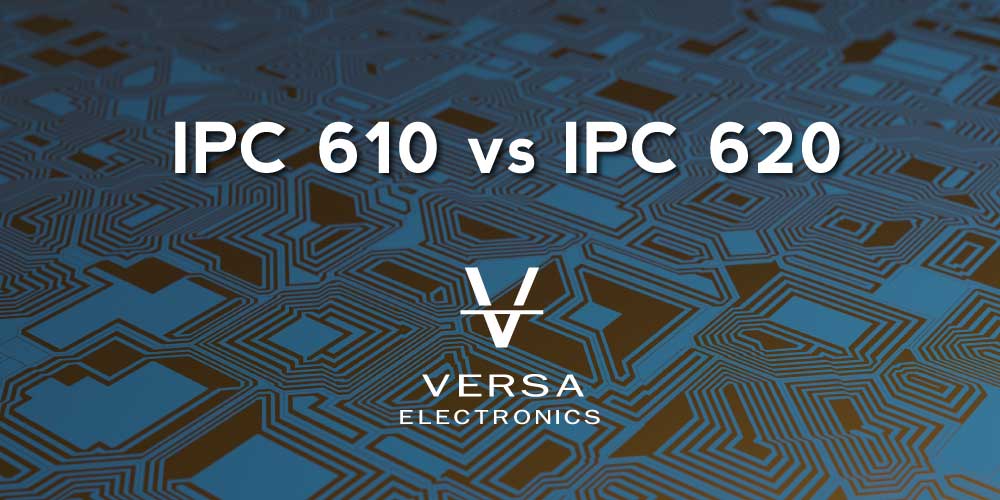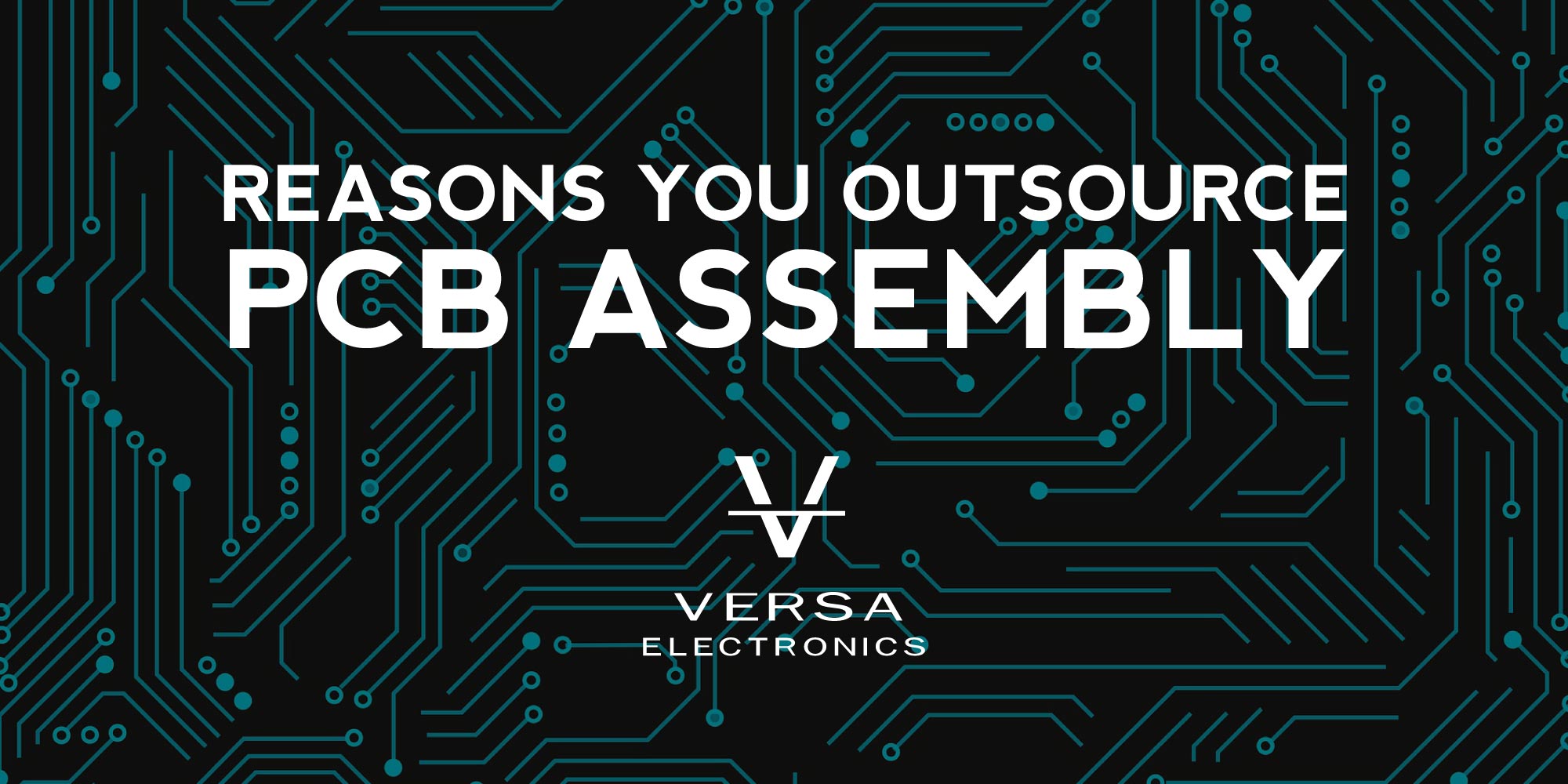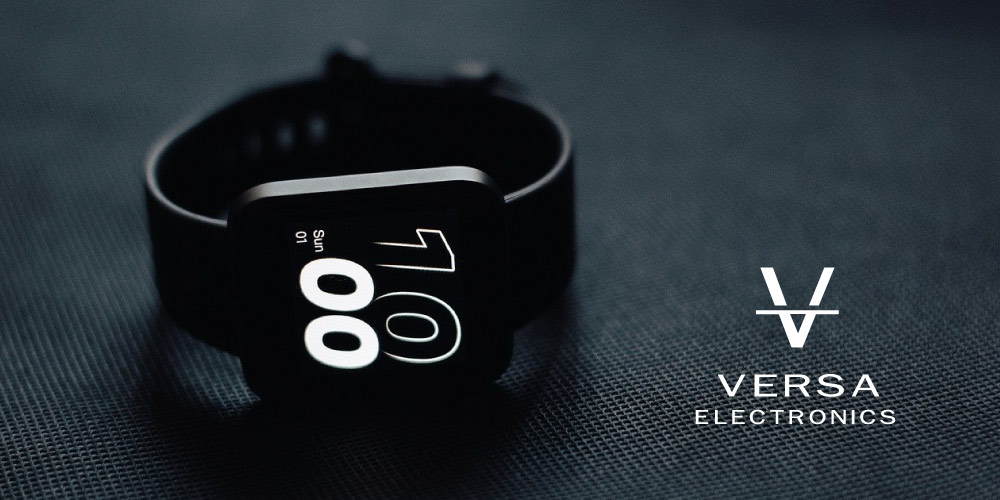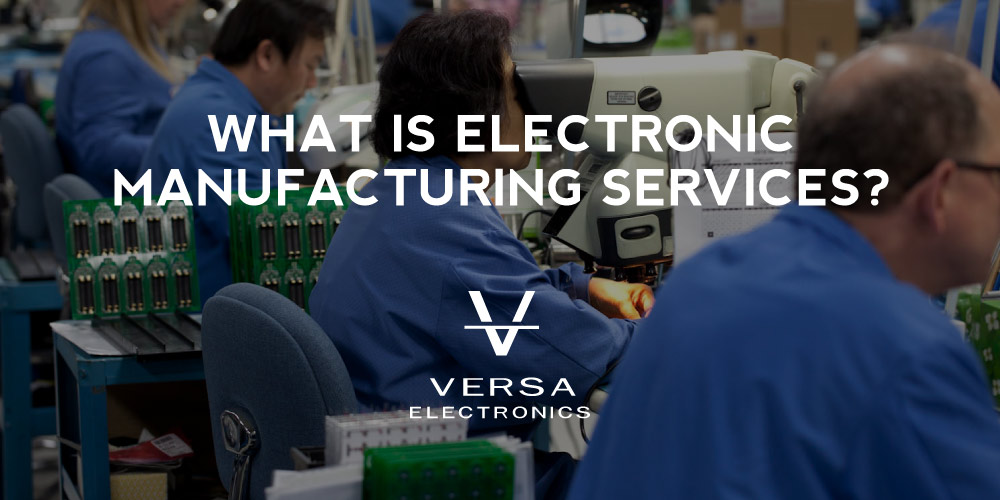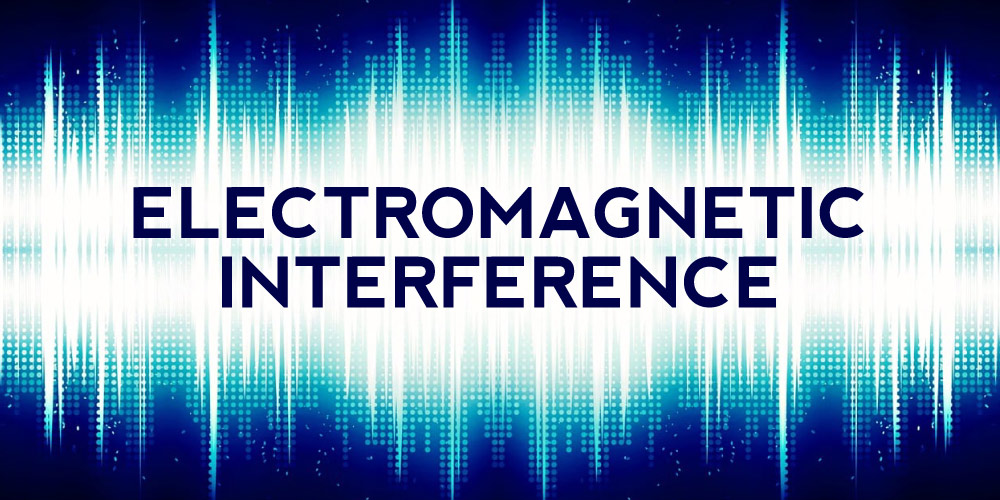IPC 610 and IPC 620 are two of the most common programs in the electronics manufacturing industry. Unfortunately, the two can be very confusing, especially if you’re just getting started with IPC programs.
This guide focuses on the difference between the two while at the same time highlighting the need for each.
An Introduction to IPC Programs
The Institute for Interconnecting and Packaging Electronic Circuits (IPC) program has become one of the most important standards in the electronics industry.
Formerly the Institute of Printed Circuits, the ANSI-accredited organization trains and tests individuals and teams in the electronics industry to ensure harmonized standards throughout the industry. IPC programs also interconnect different segments of the industry, and help manufacturers understand printed board quality issues, and enhance communication between manufacturers, suppliers, and customers.
IPC programs cover everything from terms and definitions to design specifications, material specifications, and performance qualifications. However, IPC 610 and IPC 620 tend to get more attention as they address assembly acceptance.
What is IPC 610?
Also known as Acceptability of Electronic Assemblies, IPC 610 sets the standards for what is and what is not acceptable during the assembly of printed circuit boards.
You see, a printed circuit board assembly (PCBA) is a fairly complex product. The board comprises many components, with different materials and finishes. The average PCBA also has an extensive network of solder that holds everything together. All these parts can be good, bad, or somewhere in between.
IPC-610 is the yardstick for defining what’s good and what’s not among Electronic Manufacturing Service (EMS) providers.
What Does IPC 610 Entail?
IPC 610 defines electronic classification levels to streamline the manufacture and use of printed circuit board assemblies. It identifies three main classes of electronics;
Class-1
Class-1 products are the lowest level of electronics. This class holds the most-lenient standards, with the biggest allowance for defects. As such, Class1 products are mostly toys, which don’t require strict adherence to standards, and electronics with very tight margins, i.e., those you can make as cheaply as possible without serious consequences. All is fine as long as the product works.
Class-2
IPC Class-2 standards apply to mid-range electronics where long-term reliability is important but not critical. Electronic products in this category are more reliable than class-1 products and typically provide continuous operation. However, failure to meet these criteria doesn’t threaten personal health or safety.
Class-3
Finally, Class-3 PCBAs are designed for applications that demand the highest standards. Products in this category are built in strict adherence to all IPC requirements. For instance, laminate selection, plating thickness, and material qualifications must meet IPC standards. PCBAs in this category are typically for on-demand, uninterrupted-service electronics whose failure can be dangerous or fatal, such as medical equipment.
Who Needs It?
IPC 610 mainly targets printed board manufacturers, electronics assembly companies, OEMs, and material/equipment suppliers.
What is IPC 620?
IPC 620 addresses the electronics industry’s quality requirements for cables, wires, and harness assemblies. It establishes standards for the expected reliability and lifespan of the three items to help manufacturers and suppliers comply with industry requirements.
It’s easy to see the need for this program. PCBA cables, wires, and harness assemblies are complex and difficult to trace. It’s an even bigger task in complex applications such as aerospace and automotive products. Additionally, the failure of wires, cables, and harness assemblies can be fatal in some applications. IPC 620 attempts to address these issues.
What Does it Entail?
IPC-A-620 defines classes for electronic products to streamline manufacturer, supply, and use of PCBA wires, cables, and harness assemblies. The classes are similar to those under IPC 610.
Class-1
Wires, cables, and harness assemblies targeting Class-1 products don’t need to meet very high standards. Products in this category are primarily toys and other cheap electronics with short lifespans, typically produced at high volume. Failure is also not critical here.
Class-2
Class-2 electronics are significantly advanced. They are often described as “dedicated” electronics and include laptops, microwaves, and other production equipment. Thus, the IPC-A-620 standards are much higher.
Class-3
Finally, Class-3 electronics are high-reliability electronics often used in the medical, aerospace, and military industries. Long life expectancies and uninterrupted function characterize them. Thus, IPC 620 components must be as good.
Who Needs It?
IPC 620 programs primarily target manufacturers of cables and wire harness assemblies. However, participants must be conversant with EOS/ESD practices.
So, IPC 610 vs. IPC 620; Which One Do You Need?
Both are important to build and supply the right printed circuit board assemblies to your customers. You also need both to uphold product quality and brand integrity throughout your processes. However, you’re at liberty to customize employee training to suit your needs.
About The Author
 Tony Zuberbuehler is a Sales Manager at Versa Electronics with a focus on electronic contract manufacturing. Tony’s career in technology manufacturing spans 25+ years and has included roles as an engineering liaison, in purchasing and material management, manufacturing and planning, customer interfaces, and product fulfillment. Connect with Tony Z on LinkedIn.
Tony Zuberbuehler is a Sales Manager at Versa Electronics with a focus on electronic contract manufacturing. Tony’s career in technology manufacturing spans 25+ years and has included roles as an engineering liaison, in purchasing and material management, manufacturing and planning, customer interfaces, and product fulfillment. Connect with Tony Z on LinkedIn.

